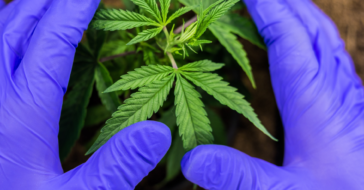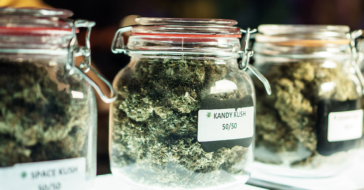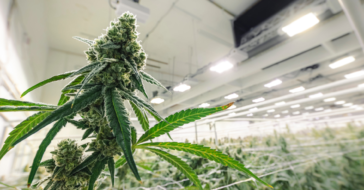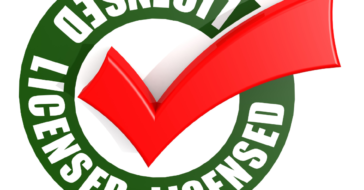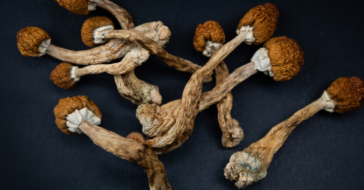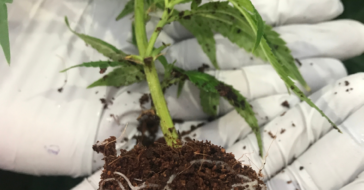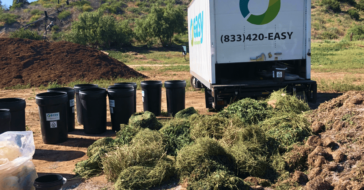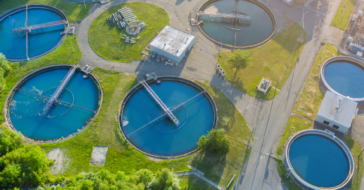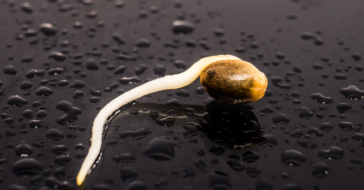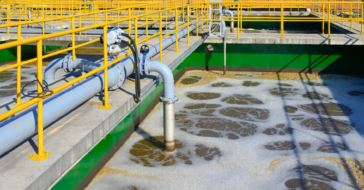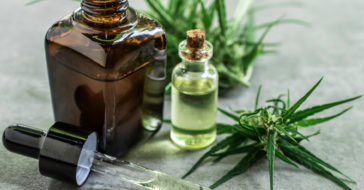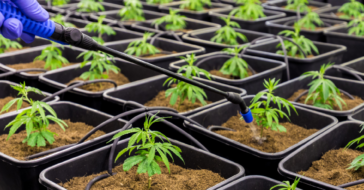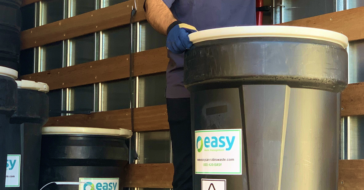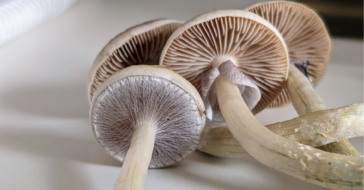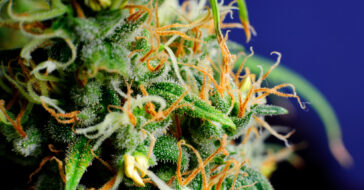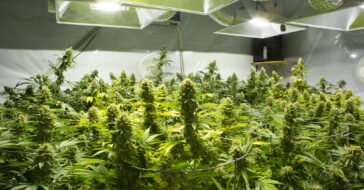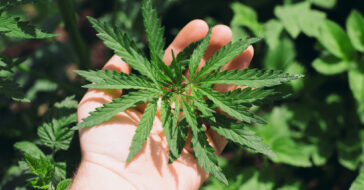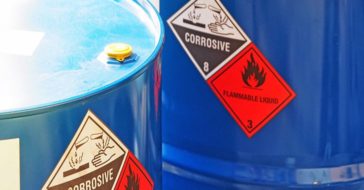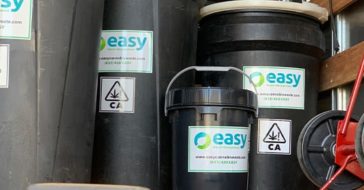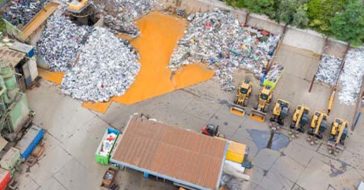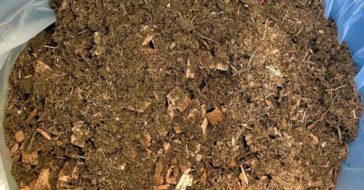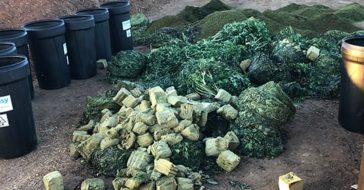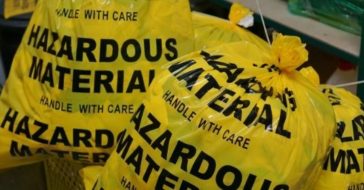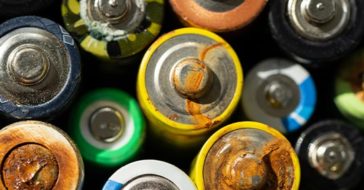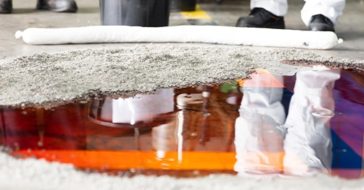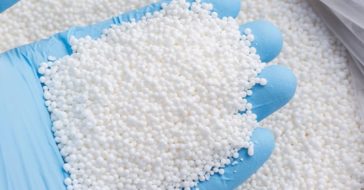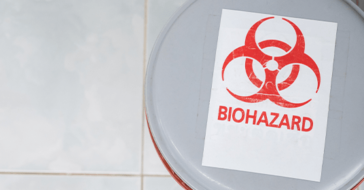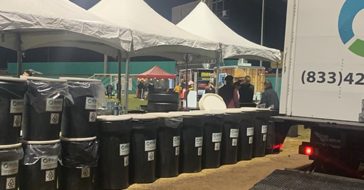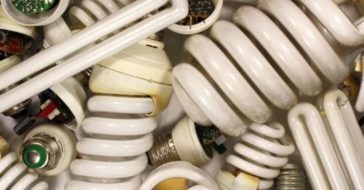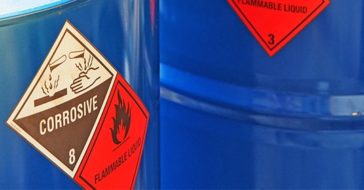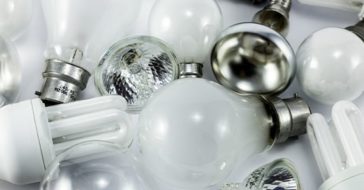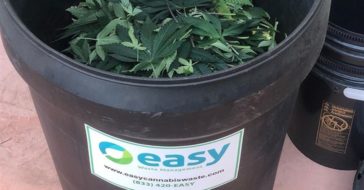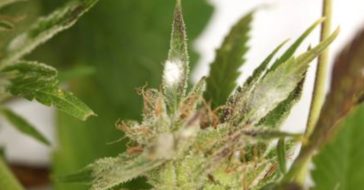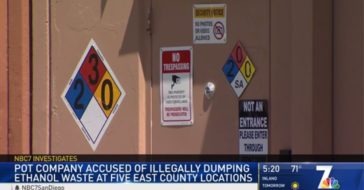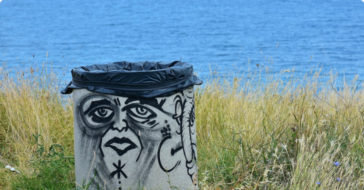Fluorescent light bulbs are a convenient choice for many businesses. They can stay lit for extended periods of time and have a long life span, making them an appropriate choice for a variety of uses. But, what should your small business do with burnt-out fluorescent tubes? From classifying the types of lights to tips for cleaning up broken lamps, learn the basics of fluorescent lamp disposal below.
How to Dispose of Fluorescent Lamps Safely
While we tend to think of compact fluorescent lamps (CFLs) when imagining fluorescents, from a waste perspective, this category also includes High Intensity Discharge (HID) lamps, metal halide floods, sodium lamps, and vapor lamps.
Safe disposal of fluorescent lamps reduces your environmental impact and keeps your business compliant with California’s recycling requirements. Improper care of this waste can cause the bulbs to break, releasing mercury vapors. For this reason, these bulbs must be safely handled and kept out of landfills.
Disposing of Fluorescent Light Bulbs in California
Fluorescent bulbs can be managed as universal waste. This means that your business has a couple of options for proper disposal. As long as tubes are safely managed, you can self-haul to a bulb recycling facility. You can also elect to use a responsible waste management company for your universal waste services.
Either way, you’ll need to be sure that the bulbs make it to a lamp recycling center to remain compliant with California’s Department of Toxic Substances (DTSC).
Storing Fluorescent Bulbs
The DTSC allows businesses to accumulate spent bulbs for up to one year. During this time, it’s crucial that your business documents proper handling. Only those with a standardized permit for hazardous waste treatment can operate a fluorescent tube crusher in California, so you’ll need to determine a compliant storage solution in the interim.
Fluorescent lamps and tubes must be carefully stored in a protective container to limit their likelihood of breaking. Additionally, the storage area should be positioned away from rainfall that could wash mercury into local waterways.
Cleaning Up Broken Fluorescent Lamps
If your fluorescent tubes have experienced breakage, you’ll need to clean up properly before disposing of them. For a small quantity of broken bulbs, you can wear protective latex gloves and carefully place the fragments in a plastic bag. Regardless of the amount of mercury released, it’s prudent to prioritize ventilation wherever the accident has occurred. Once you’ve cleaned the area, the broken bulbs can be recycled along with your intact lamps.
If you’re looking for a waste management company in the greater Los Angeles area, consider reaching out to Easy Waste Management. Our experienced team has the knowledge to keep your business compliant while providing environmentally friendly solutions. Request a free consultation to learn more about what we can do for you.






